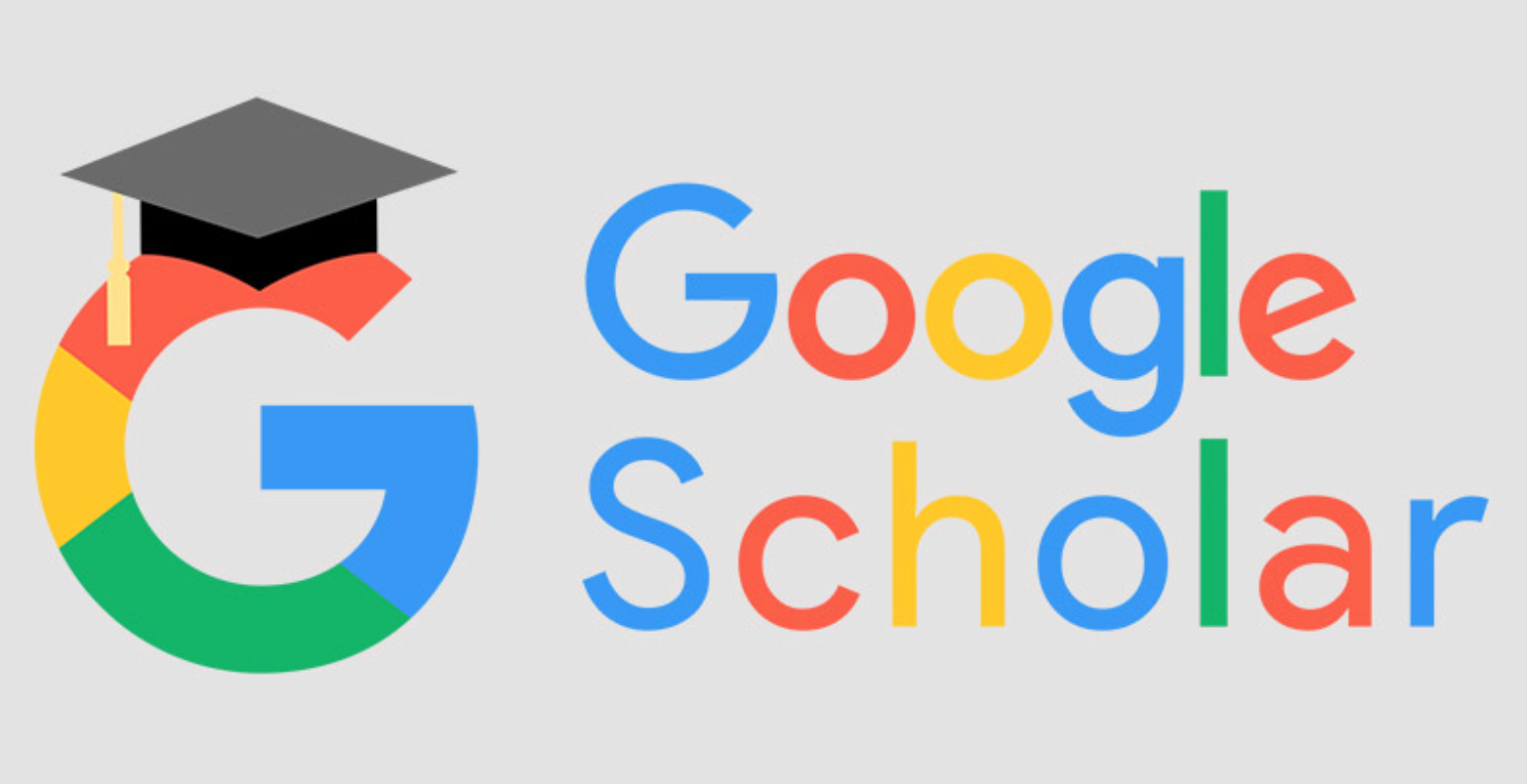Indonesia Bergen Social Media Addiction Scale Adaptation
Keywords:
Addiction, CFA, Measurement Adaptation, Social MediaAbstract
Empirical background on emphasizing behavioral addiction becoming more important nowadays. Therefore the measurement toward behavioral addiction become necessary. Social media were online activities and became popular during 10 years earlier. Empirical data shown that media social user performed excessive use of media social that might be lead to addiction. This research aimed to performed measurement adaptation toward Bergen Social Media Addiction scale (BSMAS). The adaptation process were based on the International Test Commision (ITC). Multistage sampling were performed in resulting 483 samples. Statistical analysis conducted were Confirmatory Factor Analysis (CFA), and the result were CR value (0.91)> 0,70 and the VE value (0.65) > 0,50, means the measurement have fulfilled internal consistency and p-value of RMSEA, CFI, GFI and AGFI were fulfilling the criterias .
Keywords: Addiction, CFA, Measurement adaptation, Social media.
References
Adams, J., & Kirkby, R. J. (2002). Excessive exercise as an addiction: A review. Addiction Research & Theory, 10(5), 415–437. https://doi.org/10.1080/1606635021000032366
Andreassen, C. S., Torsheim, T., Brunborg, G. S., & Pallesen, S. (2012). Development of a Facebook addiction scale. Psychological Reports, 110(2), 501–517. https://doi.org/10.2466/02.09.18.pr0.110.2.501-517
Andreassen, C. S., & Pallesen, S. (2014). Social network site addiction - an overview. Current Pharmaceutical Design, 20(25), 4053–4061. https://doi.org/10.2174/13816128113199990616
Andreassen, C. S., Billieux, J., Griffiths, M. D., Kuss, D. J., Demetrovics, Z., Mazzoni, E., & Pallesen, S. (2016). The relationship between addictive use of social media and video games and symptoms of psychiatric disorders: A large-scale cross-sectional study. Psychology of Addictive Behaviors, 30(2), 252–262. https://doi.org/10.1037/adb0000160
Beard, K. W. (2005). Internet Addiction: A review of current assessment techniques and potential assessment questions. Cyberpsychology & Behavior, 8(1), 7–14. https://doi.org/10.1089/cpb.2005.8.7
Clark, M. C., & Calleja, K. (2008). Shopping addiction: A preliminary investigation among Maltese University students. Addiction Research & Theory, 16(6), 633–649. https://doi.org/10.1080/16066350801890050
Chóliz, M. (2010). Mobile phone addiction: a point of issue. Addiction, 105(2), 373–374. https://doi.org/10.1111/j.1360-0443.2009.02854.x
Chou, C., Condron, L., & Belland, J. C. (2005). A review of the research on internet addiction. Educational Psychology Review, 17(4), 363–388. https://doi.org/10.1007/s10648-005-8138-1
Clark, M. C., & Calleja, K. (2008b). Shopping addiction: A preliminary investigation among Maltese University students. Addiction Research & Theory, 16(6), 633–649. https://doi.org/10.1080/16066350801890050
D’Arienzo, M. C., Boursier, V., & Griffiths, M. D. (2019). Addiction to social media and attachment styles: A systematic literature review. International Journal of Mental Health and Addiction, 17(4), 1094–1118. https://doi.org/10.1007/s11469-019-00082-5
Efendi, M. M., & Purnomo, J. D. T. (2012). Analisis faktor konfirmatori untuk mengetahui kesadaran berlalu lintas pengendara sepeda motor di Surabaya Timur. Jurnal Sains Dan Seni ITS, 1(1), 15855. https://doi.org/10.12962/j23373520.v1i1.965
Forrest, A., & Nayak, S. (2020). ‘Should I stay or should I go?’ Group-analytic training: inhabiting the threshold of ambivalence is a matter of power, privilege and position. Group Analysis, 54(1), 55–68. https://doi.org/10.1177/0533316420947999
Gunawan, R., Aulia, S., Supeno, H., Wijanarko, A., Uwiringiyimana, J. P., & Mahayana, D. (2021). Adiksi media sosial dan gadget bagi pengguna internet di Indonesia. Techno-Socio Ekonomika, 14(1), 1. https://doi.org/10.32897/techno.2021.14.1.544
Gultom, S. A., Wardani, N. D., & Fitrikasari, A. (2018). Hubungan adiksi internet dengan prokastinasi akademik. Jurnal Kedokteran Diponegoro (Diponegoro Medical Journal), 7(1), 330-347. https://doi.org/10.14710/dmj.v7i1.19392
Griffiths, M. D. (1996). Nicotine, tobacco and addiction. Nature, 384(6604), 18. https://doi.org/10.1038/384018a0
Griffiths, M. D. (2005). A ‘components’ model of addiction within a biopsychosocial framework. Journal of Substance Use, 10(4), 191–197. https://doi.org/10.1080/14659890500114359
Griffiths, M. D. (2011). Internet sex addiction: A review of empirical research. Addiction Research & Theory, 20(2), 111–124. https://doi.org/10.3109/16066359.2011.588351
Hartono, S., & Muchtar, D. Y. (2018). Uji validitas konstruk pada instrumen dengan metode Confirmatory Factor Analysis (CFA). Jurnal Pengukuran Psikologi Dan Pendidikan Indonesia, 6(1), 79-86. https://doi.org/10.15408/jp3i.v6i1.8155
Kemp, R. (2011). The symbolic constitution of addiction: Language, alienation, ambivalence. Health, 16(4), 434–447. https://doi.org/10.1177/1363459311425515
Mawardah, M. (2019). Adiksi internet pada masa dewasa awal. Jurnal Ilmiah Psyche, 13(2), 108–119. https://doi.org/10.33557/jpsyche.v13i2.705
Rahardjo, W., Qomariyah, N., Andriani, I., Hermita, M., & Zanah, F. N. (2020). Adiksi media sosial pada remaja pengguna Instagram dan Whatsapp: Memahami peran need fulfillment dan social media engagement. Jurnal Psikologi Sosial, 18(1), 5–16. https://doi.org/10.7454/jps.2020.03
Young, K. (1996). Psychology of Computer Use: XL. Addictive use of the internet: A case that breaks the stereotype. Psychological Reports, 79(3), 899–902. https://doi.org/10.2466/pr0.1996.79.3.899
Young, K. (2009). Internet Addiction: Diagnosis and treatment considerations. Journal of Contemporary Psychotherapy, 39(4), 241–246. https://doi.org/10.1007/s10879-009-9120-x
Downloads
Additional Files
Published
How to Cite
Issue
Section
License
Copyright (c) 2024 Indri Utami Sumaryati, Dwi Agustin Nuriani Sirodj, Melsan Gadama

This work is licensed under a Creative Commons Attribution-NonCommercial-ShareAlike 4.0 International License.
Authors who publish with this journal agree to the following terms:- Authors retain copyright and grant the journal right of first publication with the work simultaneously licensed under a Creative Commons Attribution License that allows others to share the work with an acknowledgement of the work's authorship and initial publication in this journal.
- Authors are able to enter into separate, additional contractual arrangements for the non-exclusive distribution of the journal's published version of the work (e.g., post it to an institutional repository or publish it in a book), with an acknowledgement of its initial publication in this journal.
- Authors are permitted and encouraged to post their work online (e.g., in institutional repositories or on their website) prior to and during the submission process, as it can lead to productive exchanges, as well as earlier and greater citation of published work (See The Effect of Open Access).

 Indri Utami Sumaryati
Indri Utami Sumaryati
 Universitas Islam Bandung
Universitas Islam Bandung











